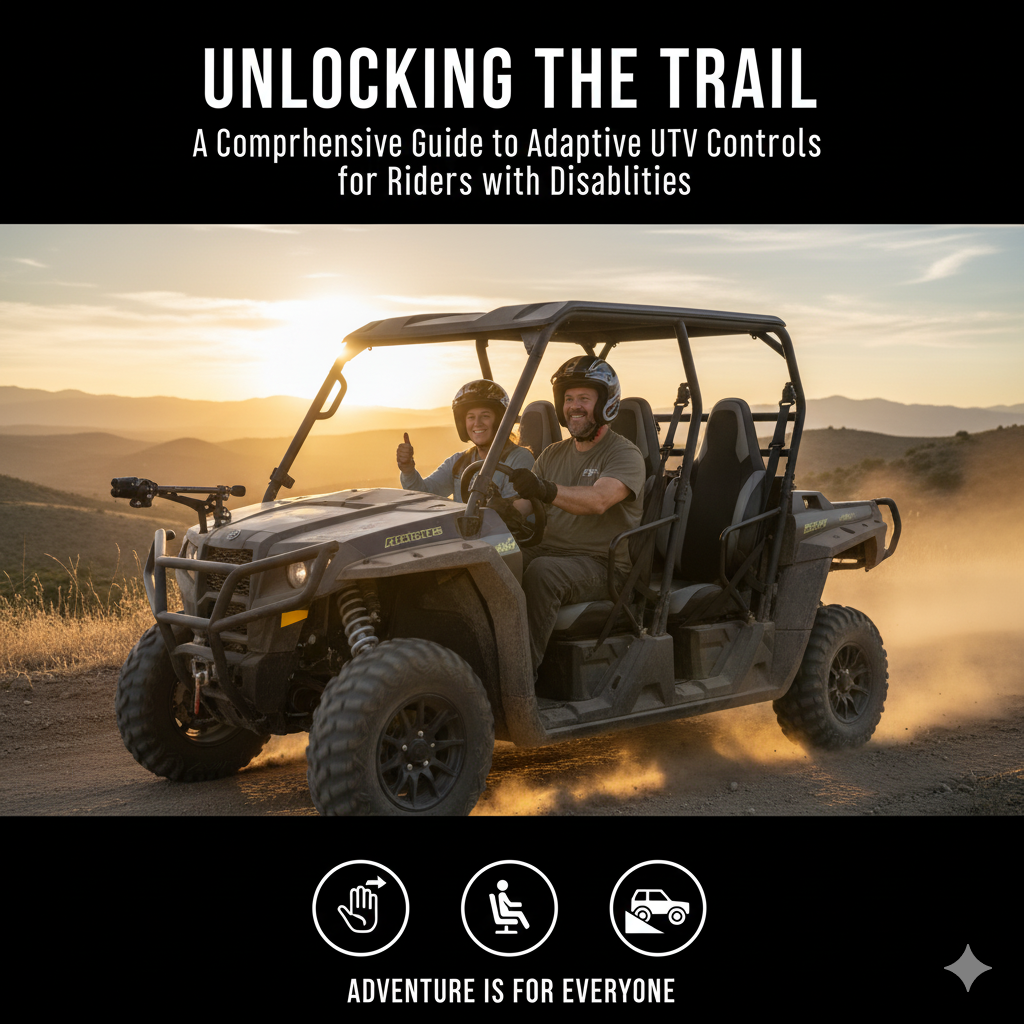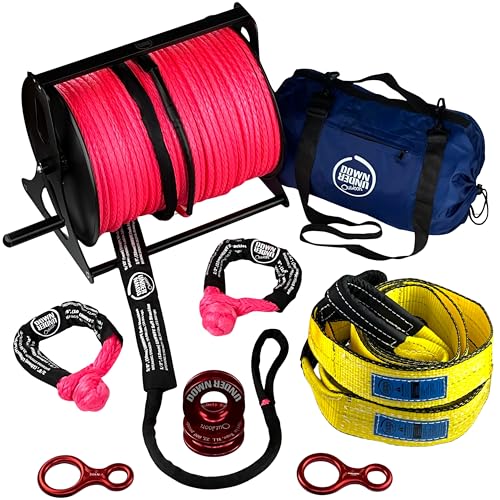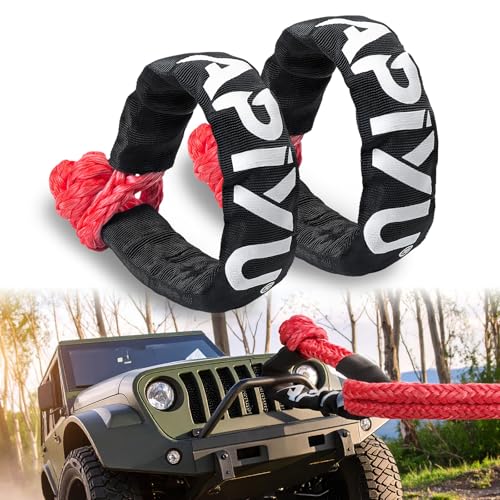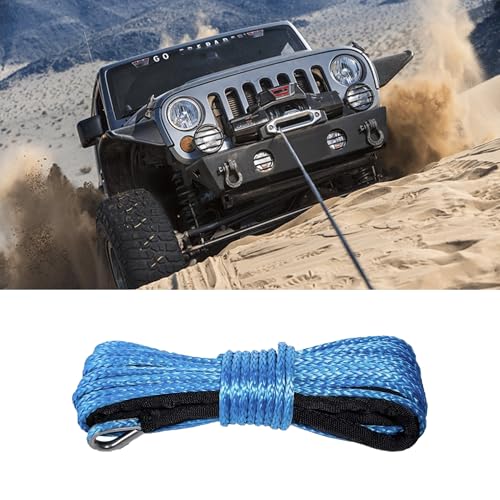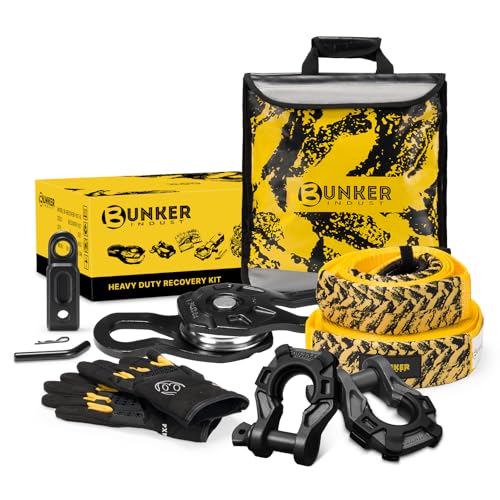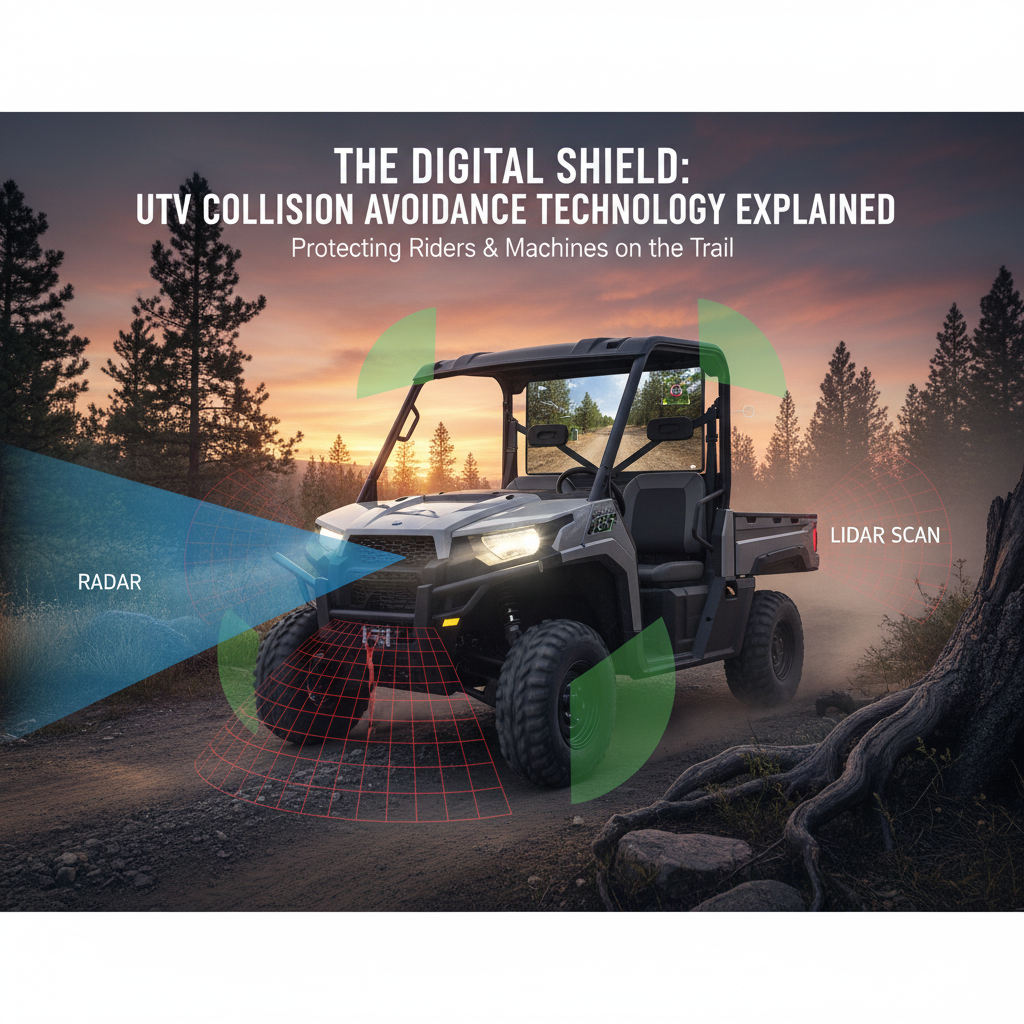The call of the wild, the thrill of the open trail, and the camaraderie of the off-road community are experiences that should be accessible to everyone.
For riders with disabilities, however,
the standard controls of a Utility Task Vehicle (UTV) can present significant barriers.
Whether due to limited mobility in the lower limbs, reduced hand dexterity, or other physical challenges,
the dream of driving a side-by-side often seems out of reach.
Fortunately, the off-road industry, driven by the ingenuity of specialized manufacturers and the passion of the adaptive riding community,
has responded with a range of innovative solutions.
Adaptive UTV controls for disabilities are not just modifications;
they are the keys that unlock the full freedom of the trail, ensuring that the adventure never has to stop.
I’ve seen the transformative power of these adaptations firsthand—the moment a rider,
who thought their off-road days were over,
takes the wheel and feels the power of the machine under their control again.
This guide is dedicated to exploring the world of adaptive UTV controls.
We will break down the essential modifications,
from hand controls to specialized seating,
and provide the knowledge you need to customize your UTV for a safe, comfortable, and exhilarating ride.

Phase 1: The Core Adaptation—Hand Controls for Throttle and Brake
For riders with limited or no use of their legs, the most critical modification is the installation of hand controls to manage the throttle and brake.
This is the foundation of almost every adaptive UTV build.
The Push/Rock System
The Push/Rock style of hand control is one of the most popular and intuitive systems adapted from the automotive industry.
- Functionality: This system typically mounts near the steering wheel. The driver pushes the lever forward to engage the brake and “rocks” or pulls the lever back toward them to engage the throttle (gas).
- Advantages:
- Simultaneous Control: The design allows the driver to keep both hands on the steering wheel, with the control lever operated by one hand, often the left.
- Excellent Pedal Feel: High-quality systems, like those from Sure Grip, are engineered to provide a responsive, natural feel, which is crucial for precise control on technical terrain.
- Safety: The push-to-brake action is a natural, instinctive movement in an emergency, enhancing safety.
Alternative Control Methods
Depending on the rider’s specific needs, other control methods may be more suitable.
- Trigger or Joystick Controls: For riders with very limited hand strength or dexterity, a small trigger or a joystick-style control can be used to manage the throttle. These are often integrated into the steering wheel or a specialized grip.
- Thumb Throttles: While more common on ATVs, some UTV setups utilize a thumb throttle for gas, allowing the driver to use a traditional brake pedal or a hand-operated brake lever.

Phase 2: Enhancing Steering and Grip
Controlling the steering wheel, especially on rough trails or when performing a recovery, requires significant effort. Adaptive modifications can reduce this strain and improve control.
Electronic Power Steering (EPS)
While many modern UTVs come standard with EPS, it is an absolute necessity for any adaptive build.
- Reduced Effort: EPS drastically reduces the physical effort required to turn the wheel, minimizing fatigue and allowing for quicker, more precise steering input.
- Aftermarket Kits: If your UTV does not have EPS, high-quality aftermarket kits are available and are a worthwhile investment for any rider with limited upper body strength.
Specialized Steering Grips and Knobs
For riders with limited hand or wrist mobility, standard steering can be a challenge.
- Spinner Knobs: A spinner knob, or steering wheel knob, allows the driver to turn the wheel with a single hand or even a palm, making tight turns and low-speed maneuvering much easier.
- Palm Grips and Amputee Rings: These specialized grips are designed to accommodate various hand shapes and limitations, ensuring a secure and comfortable hold on the wheel.

Phase 3: Seating and Accessibility—The Comfort and Safety Zone
The ability to safely and comfortably enter, exit, and remain secure in the UTV is just as important as the controls. Specialized seating and entry aids are crucial components of an adaptive build.
Custom and Suspension Seating
Standard UTV seats are often designed for performance and can be uncomfortable for long periods, especially for riders with back or pressure-point issues.
- Suspension Seats: These seats feature internal suspension systems that absorb trail shock, providing a much smoother ride and reducing the impact on the spine and joints.
- Custom Cushioning: Specialized foam or gel inserts can be used to create custom-contoured seats that provide maximum pressure relief and support.
Entry and Exit Aids
Getting into and out of a UTV can be the most challenging part of the experience.
- Swivel Seats and Sliding Bases: As mentioned in the senior-friendly post, a swivel seat base allows the seat to rotate outward, making it easier to transfer from a wheelchair or mobility device. Sliding bases provide extra room for entry and exit.
- Transfer Boards and Ramps: For wheelchair users, a lightweight, portable ramp or a custom-built transfer board can bridge the gap between the mobility device and the UTV seat.
- Grab Bars and Handles: Strategically placed, heavy-duty grab bars on the roll cage provide secure points of leverage for transferring.
| Adaptive Modification | Primary Function | Benefit for Disabled Riders |
|---|---|---|
| Hand Controls (Push/Rock) | Throttle and Brake Operation | Allows full control of speed and stopping without using lower limbs. |
| Electronic Power Steering (EPS) | Steering Effort Reduction | Minimizes fatigue and strain on arms and shoulders. |
| Swivel/Sliding Seat Base | Entry/Exit Assistance | Facilitates safe and easy transfer from a wheelchair or mobility device. |
| Specialized Grips/Knobs | Steering Wheel Control | Accommodates limited hand dexterity or strength for precise steering. |
| Secure Harnesses | Rider Restraint | Provides superior stability and security compared to stock seatbelts. |
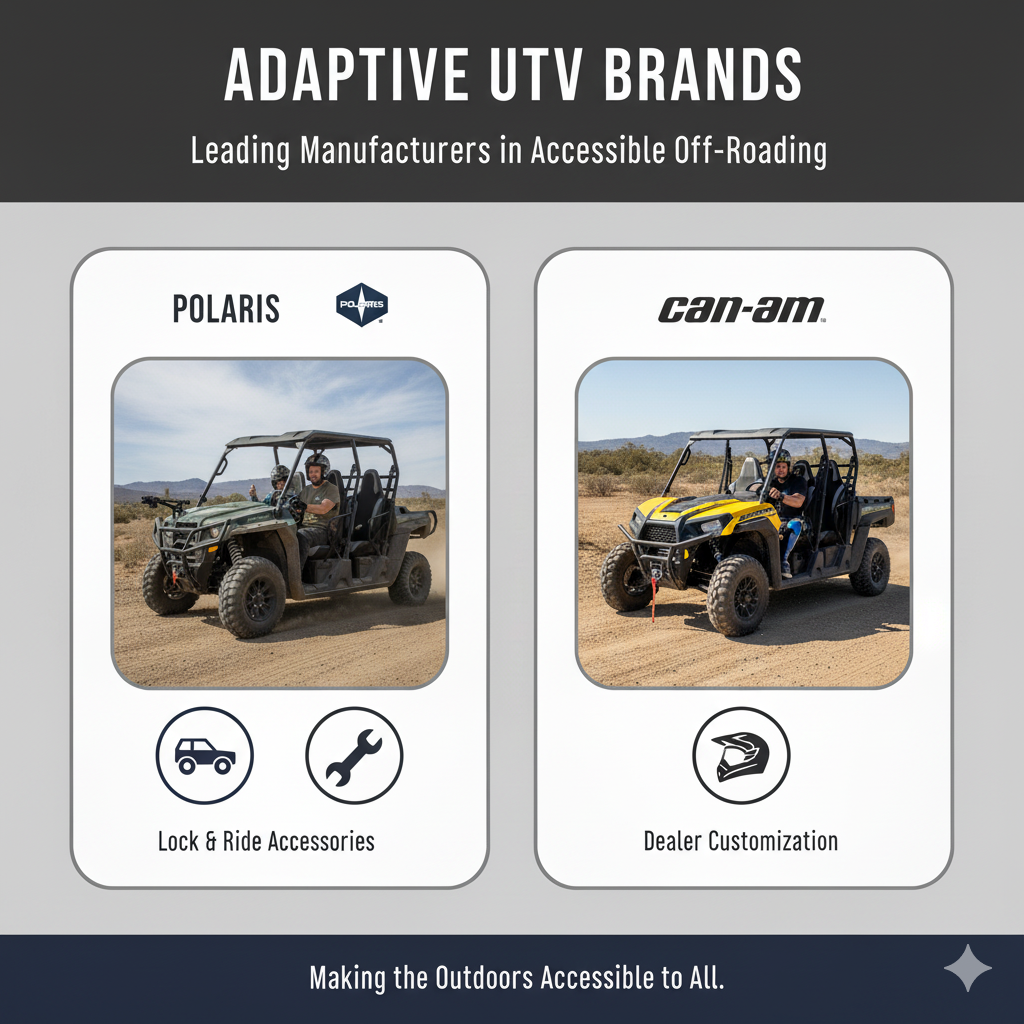
Phase 4: Beyond the Controls—Safety and Practicality
An adaptive UTV build must also focus on overall safety and the practical needs of the rider.
Secure Restraint Systems
For riders with limited core strength or stability, a standard three-point seatbelt may not provide adequate support.
- Four- or Five-Point Harnesses: Upgrading to a secure racing-style harness provides superior stability, keeping the rider firmly planted in the seat, which is crucial for maintaining control and safety on uneven terrain.
- Harness Bar: A dedicated harness bar must be installed on the roll cage to ensure the harness is mounted at the correct height for maximum safety and effectiveness.
Mobility Device Storage
For riders who use a wheelchair or scooter, a safe and secure way to transport their mobility device is essential.
- External Carriers: Specialized carriers that mount to the rear hitch or a custom frame can securely hold a wheelchair or scooter. These must be rugged enough to handle off-road conditions.
- Internal Cargo Solutions: For smaller, foldable devices, custom cargo boxes or tie-down systems can be installed in the UTV bed to prevent movement during the ride.
Working with Adaptive Specialists
While many modifications can be done by a skilled mechanic,
working with a specialist in adaptive mobility is highly recommended.
- Custom Fabrication: Companies like Iron Born Offroad specialize in custom fabrication, ensuring that the controls are perfectly tailored to the rider’s body and specific needs.
- Safety Compliance: Adaptive specialists understand the safety implications of each modification and can ensure that the final build is reliable and safe for aggressive off-road use.
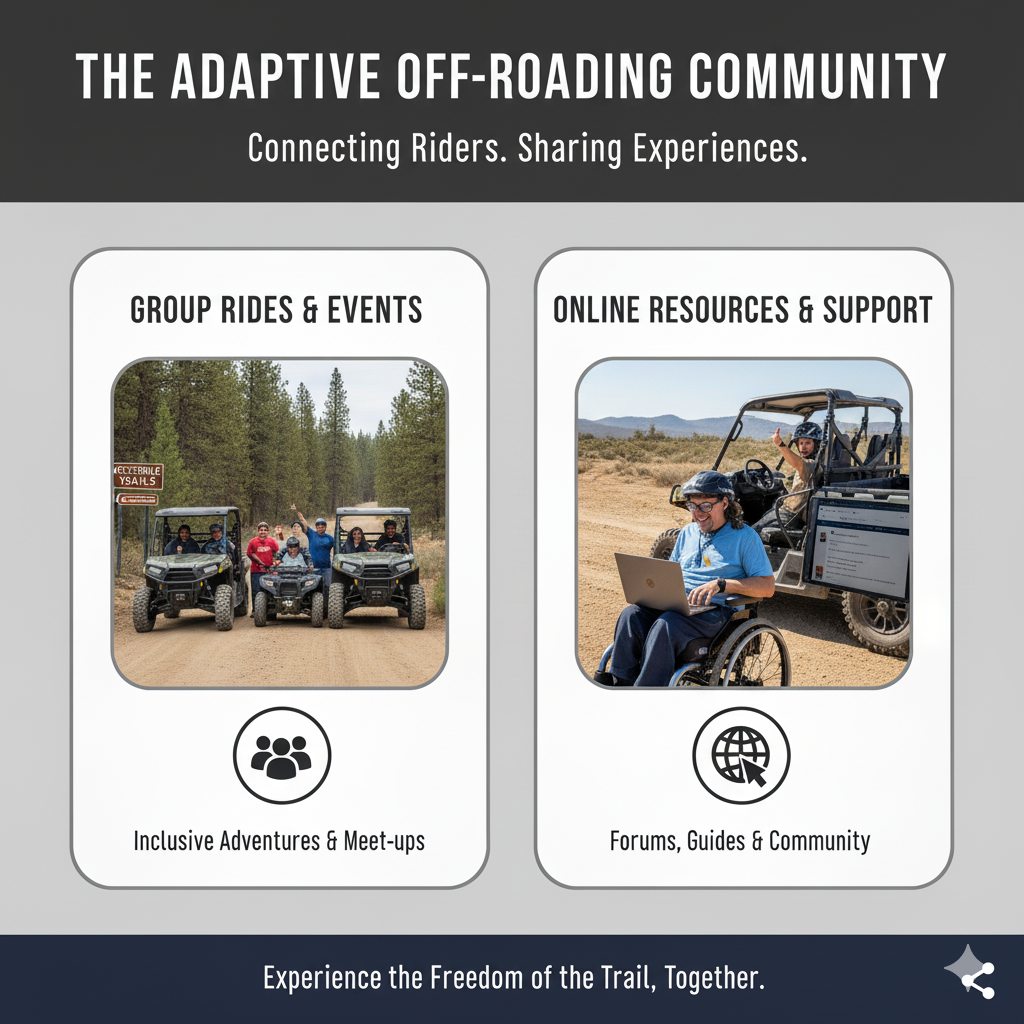
Conclusion: The Trail Awaits
The world of off-roading is defines by freedom,
and thanks to the advancements in adaptive UTV controls for disabilities, that freedom is now more accessible than ever.
The technology exists to overcome virtually any physical barrier,
allowing riders to experience the exhilaration of the trail on their own terms.
If you or a loved one has a disability, do not let the standard controls be the end of the adventure.
Research the options, connect with adaptive specialists,
and invest in the modifications that will transform your UTV into a vehicle of pure, unadulterated freedom.
The trail is waiting, and with the right controls, you are ready to conquer it.
Adventure is for everyone. Get out there and ride!
References
[1] Compassion Mobility – UTV Hand Controls
[2] UTV Covers – Accessible Off-Roading: Adapting and Customizing Your UTV for Riders with Disabilities
[3] Everything Polaris RZR – Hand Controls, Spinner Knobs, and Palm Grips
[4] Sure Grip Hand Controls – Recreation
[5] Road Track and Trail – Modifying Your ATV for Riders with Disabilities

